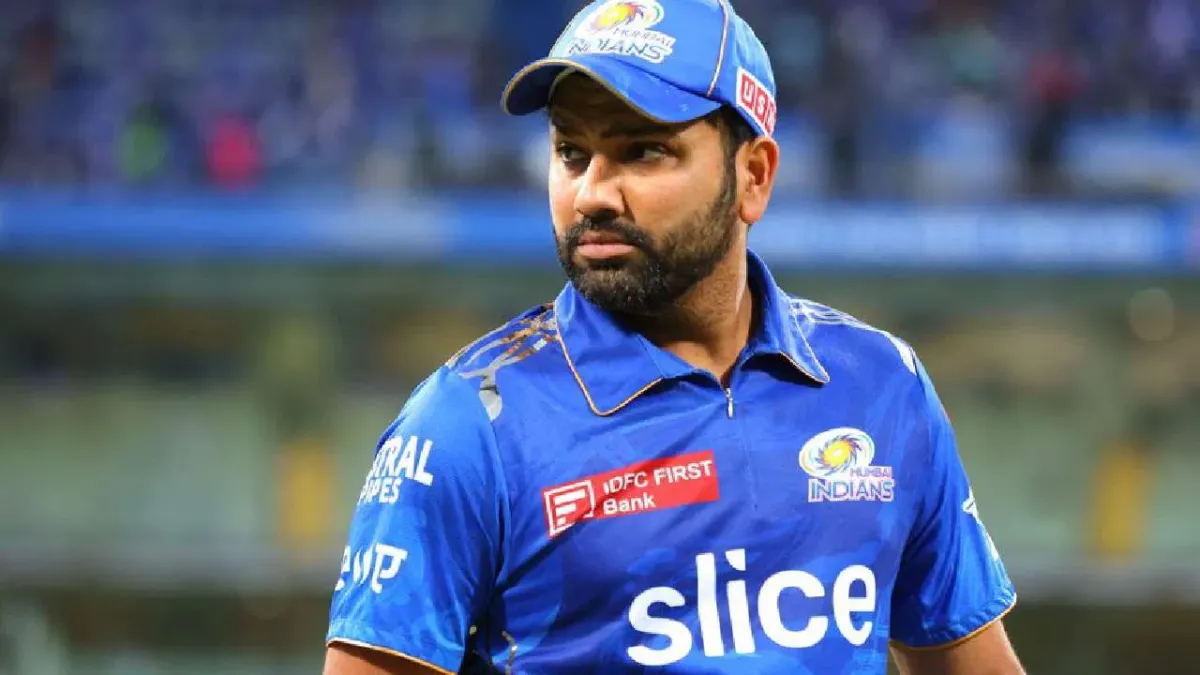
Rohit Sharma, one of India’s most successful and dynamic cricket captains, has demonstrated exceptional leadership and tactical brilliance on the field. His ability to stay composed under pressure, coupled with his strategic acumen, has significantly contributed to India’s triumphs in numerous high-stakes matches. This article provides an in-depth analysis of Rohit Sharma’s captaincy tactics, highlighting his leadership style, on-field strategies, and the key elements that distinguish him as an exceptional leader in the world of cricket.
LEADERSHIP STYLE:
Composed Under Pressure: A hallmark of Rohit Sharma’s leadership is his ability to remain calm and composed, even in the most high-pressure situations. This trait not only helps him make rational decisions but also instills confidence and stability within the team. Sharma’s demeanor ensures that his players stay focused and do not succumb to panic, which is crucial in tight matches.
Empathy and Player Management: Sharma is known for his empathetic approach towards his teammates. He understands the strengths and weaknesses of each player and provides them with the necessary support to perform at their best. His ability to manage egos and foster a positive team environment has been a key factor in maintaining team harmony and getting the best out of his players. Sharma’s leadership style emphasizes open communication, which helps in building trust and ensuring that each player feels valued.
Strategic Flexibility: Rohit Sharma is renowned for his strategic flexibility. He is adept at adapting his tactics based on the match situation and the opposition’s strengths and weaknesses. This ability to think on his feet and make quick decisions has often been the difference between victory and defeat. Sharma’s tactical awareness allows him to effectively utilize his resources, whether it’s making bowling changes, setting field placements, or rotating his batting order.
ON- FIELD STRATEGIES:
Effective Use of Powerplay:
One of Sharma’s significant strengths as a captain is his effective use of the powerplay overs. He often opts for aggressive field placements and attacking bowling options to put early pressure on the opposition. By maximizing the impact of the powerplay, Sharma aims to gain an early advantage that can set the tone for the rest of the match.
Middle Overs Management: Managing the middle overs is crucial in limited-overs cricket, and Sharma excels in this aspect. He employs a combination of spin and pace bowlers to maintain pressure and contain the run rate. Sharma’s strategic field placements during these overs are designed to force the opposition into taking risks, which can lead to wickets and break partnerships.
Death Overs Strategy: Rohit Sharma’s approach to the death overs is meticulous. He often uses his most experienced bowlers to handle the pressure situations at the end of the innings. Sharma places a strong emphasis on yorkers and slower balls to restrict the opposition’s scoring. His ability to predict the opposition’s moves and adjust his bowling and fielding strategies accordingly has been instrumental in closing out matches effectively.
KEY ELEMENTS OF SUCCESS :
Data-Driven Decisions: Sharma’s tactical decisions are often backed by thorough data analysis. He uses statistical insights to understand the opposition’s weaknesses and plan his strategies accordingly. This data-driven approach helps in making informed decisions on field placements, bowling changes, and batting orders. Mentoring Young Talent Under Sharma’s captaincy, several young players have flourished. He has a keen eye for talent and invests time in mentoring young cricketers, helping them transition smoothly into international cricket. His guidance and support have been pivotal in the development of emerging players who have gone on to become key contributors to the team’s success.
Tactical Innovation: Rohit Sharma is not afraid to experiment with unconventional tactics. Whether it’s promoting a lower-order batsman up the order to exploit specific match situations or using part-time bowlers to break partnerships, his willingness to innovate has often caught the opposition off guard. This tactical ingenuity has given his team a competitive edge in many crucial matches.
Psychological Resilience: Mental toughness is a critical component of Sharma’s leadership. He cultivates a resilient mindset within the team, encouraging players to stay positive and focused regardless of the match situation. This psychological resilience has helped the team recover from setbacks and maintain a winning mentality.
Conclusion: Rohit Sharma’s captaincy tactics are a blend of calmness, strategic acumen, and innovative thinking. His ability to lead by example, coupled with his empathy and understanding of his players, has made him one of the most effective captains in modern cricket. By leveraging data, fostering young talent, and maintaining psychological resilience, Sharma has crafted a winning formula that has led India to numerous victories. As he continues to lead, his tactical brilliance and leadership qualities will undoubtedly remain a cornerstone of India’s cricketing success.

